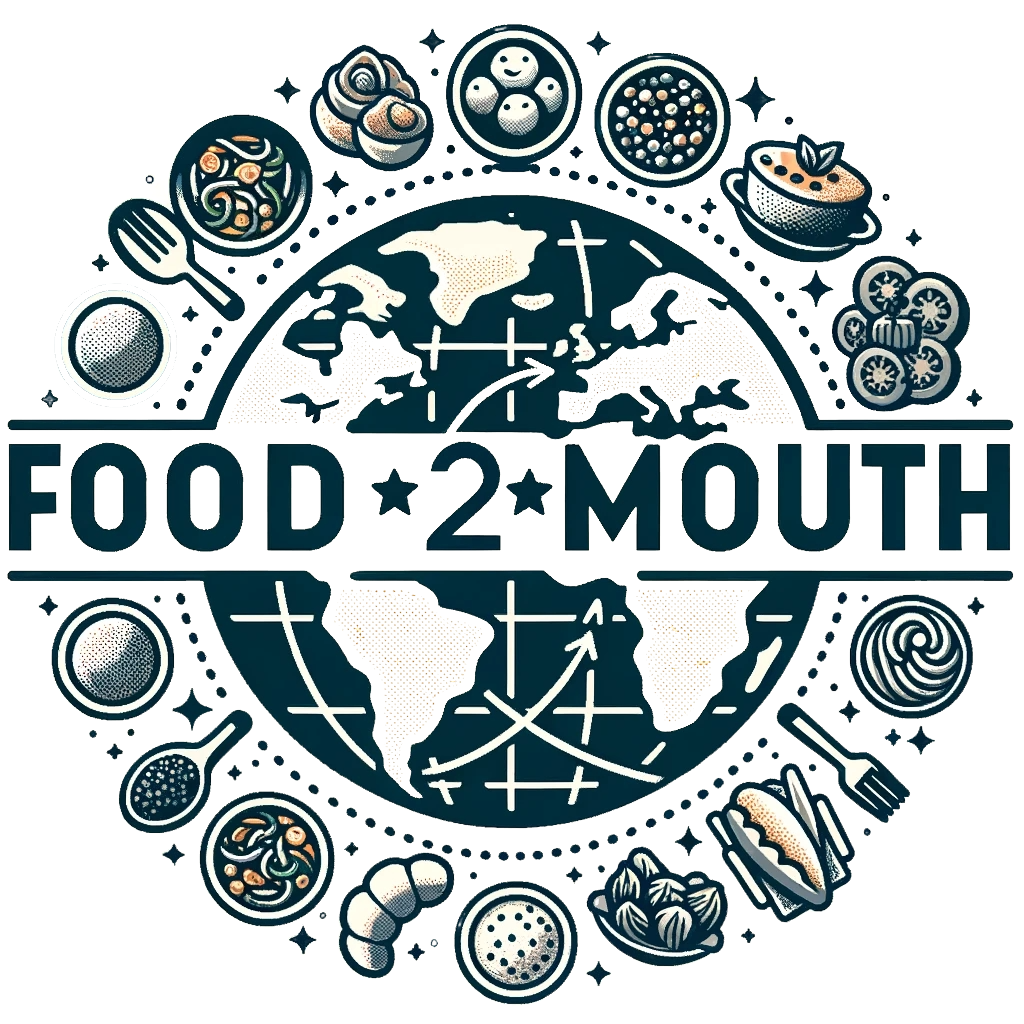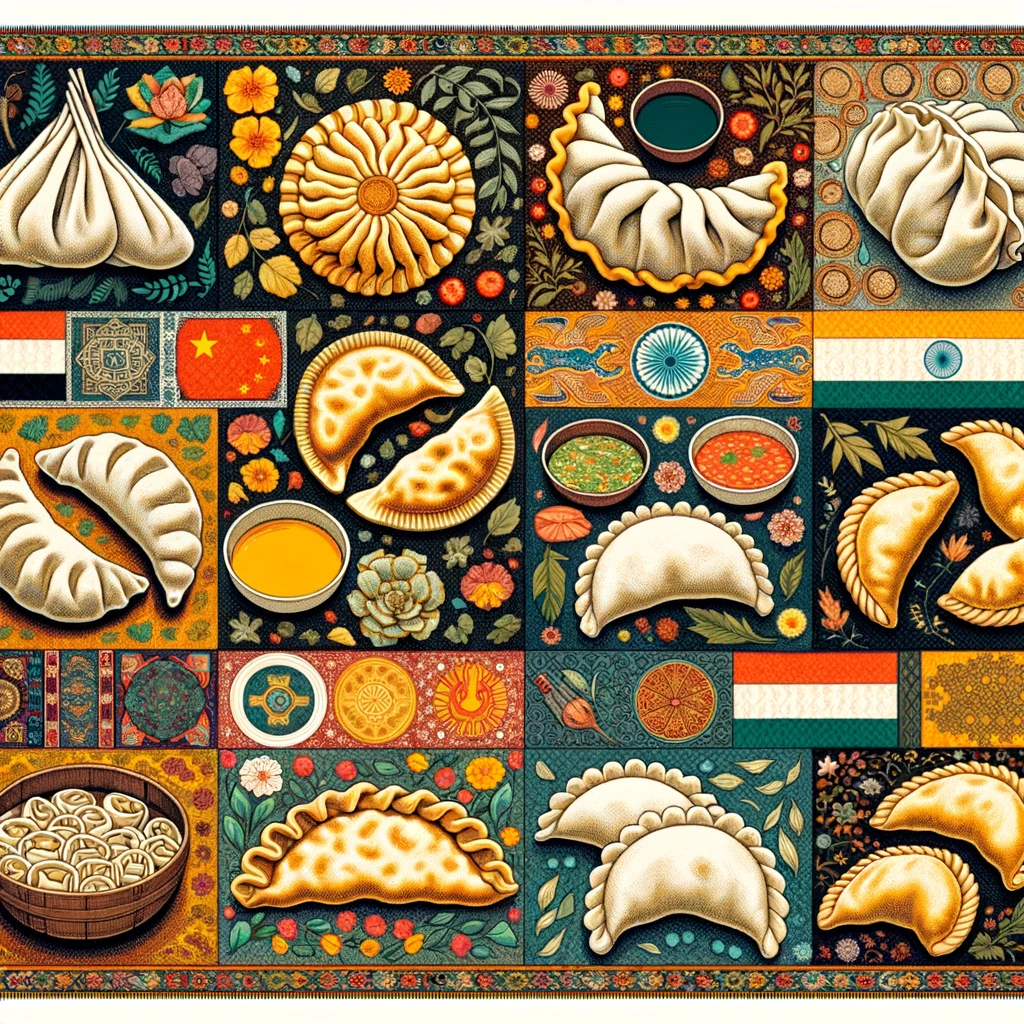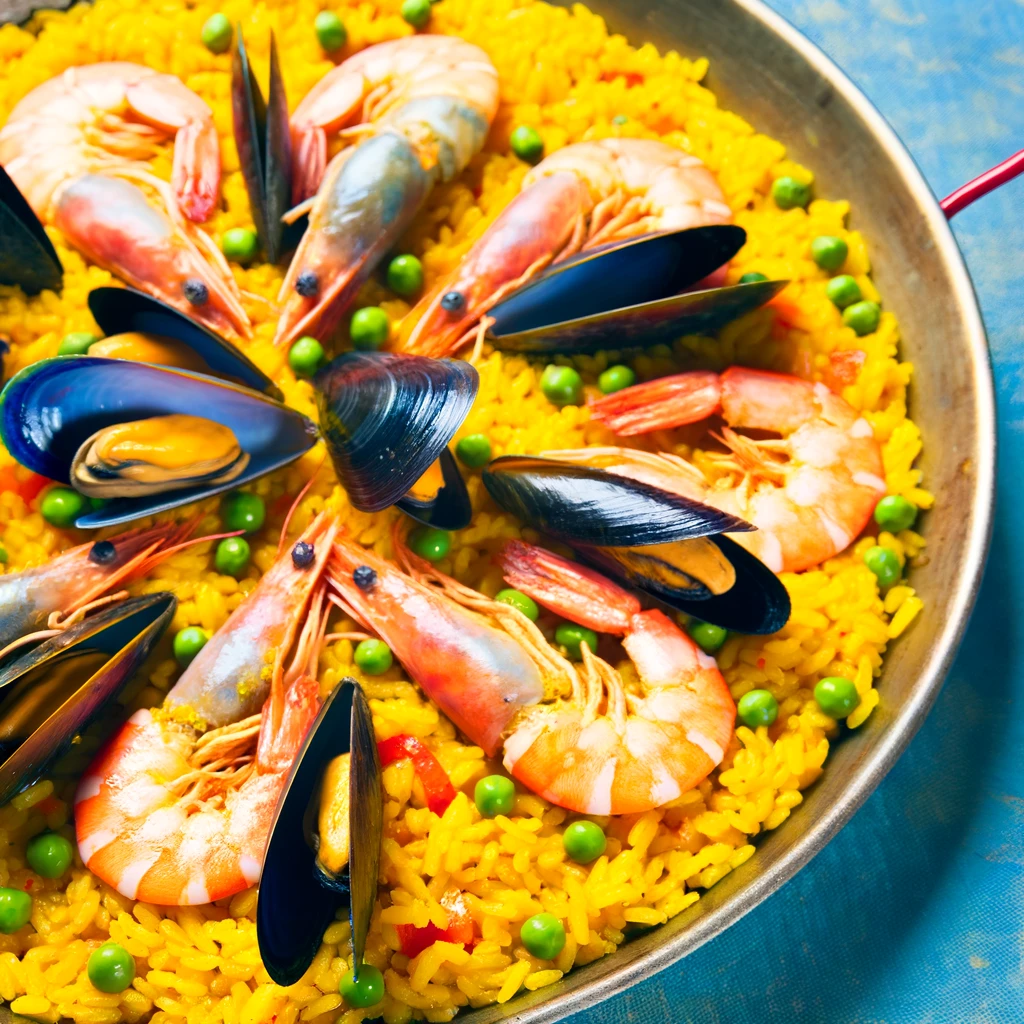Dumplings, those delightful pockets of joy, have graced tables across continents for centuries. But have you ever wondered about the origins of this universally loved dish? Let’s embark on a culinary journey through time and explore the rich history of dumplings.
Ancient Beginnings
The story of dumplings begins in ancient China. Historical records suggest that they were first consumed in the Eastern Han Dynasty, over 2000 years ago. These early dumplings, called ‘jiaozi’, featured a filling of meat and herbs, encased in thin dough, and were typically boiled.
Cultural Significance of Dumplings in Ancient China
In ancient China, dumplings transcended their role as a mere culinary delight, becoming deeply ingrained in the social and cultural fabric of society. The humble dumpling, known as ‘jiaozi’, transcended its role as a mere food item, embodying significant cultural and symbolic meanings, especially during festivals and family gatherings.
Symbol of Wealth and Prosperity
Dumplings in ancient China were often associated with wealth and prosperity. Their shape, resembling ancient Chinese gold and silver ingots, made them a popular dish during the Chinese New Year celebrationsEating dumplings during Chinese New Year symbolizes the welcoming of wealth and good fortune. This enduring tradition, passed through generations, remains a cornerstone of the festivities.
Family Unity and Harmony
The preparation of dumplings was a communal activity that fostered family unity and harmony. Families would gather around the table to make dumplings together on the eve of the Chinese New Year, known as ‘Chu Xi’. This activity was not just about food preparation; it was a cherished opportunity for family bonding and sharing stories, reinforcing family ties and values.
Connection with Winter Solstice
Dumplings also had a significant role during the ‘Dongzhi’ Festival or Winter Solstice, one of the most important festivals in the Chinese lunar calendar. The act of eating dumplings symbolized a farewell to the cold and a welcome to the warmth and nourishment of spring. People believed that eating dumplings in the harsh winter would prevent frostbitten ears. This belief underscored dumplings’ status as comfort food, offering warmth and sustenance.
A Medium for Blessings and Wishes
In ancient times, it was customary to hide a coin or a sweet date inside a dumpling. Finding a coin in a dumpling signaled blessings of wealth for the new year, according to tradition. Similarly, discovering a sweet date inside symbolized a life filled with sweetness and prosperity. These practices added an element of surprise and joy to the dumpling-eating experience, making it a cherished tradition.
Conclusion
In essence, dumplings in ancient China were more than just a staple food; they were a symbol of cultural identity and a medium for expressing hopes, wishes, and blessings. The rich traditions surrounding dumplings highlight their enduring role in Chinese culture, connecting generations through shared customs and culinary heritage.
Variations of Ancient Chinese Dumplings
While ‘jiaozi’ are often the most recognized form of Chinese dumplings, ancient China’s culinary landscape was rich with a variety of dumplings, each with unique characteristics in terms of preparation, ingredients, and cultural significance. Two notable variations are ‘baozi’ and ‘wontons’.
Baozi: The Steamed Bun with a Twist
- Origin and Evolution: ‘Baozi’, or steamed buns, date back to the Eastern Han Dynasty, around the same time as ‘jiaozi’. Legend has it that they were invented by the military strategist Zhuge Liang as a substitute for human sacrifices.
- Preparation and Ingredients: Unlike the thinly rolled dough of ‘jiaozi’, ‘baozi’ are made with a leavened dough, giving them a soft, fluffy texture. The fillings for ‘baozi’ range from savory meats and vegetables to sweet red bean paste. They are typically steamed in bamboo baskets, which imparts a distinct moisture and texture.
- Cultural Context: ‘Baozi’ hold a special place in Chinese dining, often enjoyed as a breakfast item or a snack. They are also a staple at dim sum restaurants, showcasing the versatility and regional variations of fillings and flavors.
Wontons: The Delicate Soup Dumplings
- Historical Background: Wontons have a history dating back to the Tang Dynasty, making them one of the oldest forms of Chinese dumplings.
- Distinct Characteristics: Wontons stand out for their delicate, thin wrappers and diverse fillings, often featuring minced pork, shrimp, and seasoned vegetables. Their distinctive preparation involves serving them in a rich broth, making them a beloved soup dish.
- Symbolism and Occasions: In Chinese, ‘wonton’ translates to ‘swallowing a cloud’, and their appearance in soup is reminiscent of clouds floating in the sky. This poetic imagery is a nod to the elegance of Chinese culinary arts. Wontons are also enjoyed during special occasions and family gatherings, symbolizing warmth and comfort.
Conclusion
The diversity in ancient Chinese dumplings like ‘baozi’ and ‘wontons’ highlights the ingenuity and richness of Chinese cuisine. Each variation, with its unique preparation, ingredients, and cultural background, contributes to the overarching narrative of Chinese culinary history, where food is both an art and a means of cultural expression.
Dumplings Across Asia
As trade routes expanded, the concept of dumplings spread across Asia. In Korea, they embraced ‘mandu’, while Japan gave birth to ‘gyoza’. India, with its rich tapestry of cuisines, introduced ‘samosas’, deep-fried dumplings filled with spicy potatoes and peas.
Regional Influences on Asian Dumplings
Dumplings, while sharing a common origin, have evolved distinctly across Asia, influenced by local ingredients, culinary practices, and cultural nuances. This diversification reflects each region’s unique palate and food traditions.
Korea: Mandu
- Local Ingredients: Korean dumplings, known as ‘mandu’, are typically filled with a mixture of minced meat, tofu, green onions, and kimchi. The incorporation of kimchi, a staple in Korean cuisine, adds a unique, tangy flavor that differentiates ‘mandu’ from its counterparts.
- Culinary Practices: ‘Mandu’ are often prepared steamed, boiled, or pan-fried. The Korean New Year, ‘Seollal’, often features ‘mandu’ in a traditional soup called ‘tteokguk’, symbolizing prosperity and the gaining of a year in age.
Japan: Gyoza
- Adaptation from Chinese Cuisine: Japanese ‘gyoza’ originated from Chinese ‘jiaozi’. Post World War II, Japanese soldiers returning from China brought back the concept of jiaozi, which eventually evolved into the gyoza.
- Unique Characteristics: Gyoza typically have a thinner wrapper and are more densely packed with garlic-flavored filling, often a mix of minced pork, cabbage, and chives. They are distinguished by their crispy bottom and steamed top, achieved by a unique cooking method combining frying and steaming.
India: Samosas
- Distinct Evolution: Samosas, although not a dumpling in the traditional sense, share the concept of a filled pastry. Their origins trace back to Middle Eastern cuisine and they were introduced to the Indian subcontinent through trade routes.
- Ingredients and Flavors: Indian samosas are filled with a spiced mixture of potatoes, peas, and sometimes meat. The use of local spices like cumin, coriander, and garam masala gives samosas their distinct Indian flavor. Typically deep-fried, these snacks are a staple in Indian cuisine and are often accompanied by chutneys.
Conclusion
These regional variations of dumplings across Asia underscore the adaptability of this food form to different cultural contexts. Local ingredients and traditional cooking methods have allowed each country to impart its unique signature on dumplings, making them an integral and beloved part of their respective culinary heritages.
Europe’s Take on the Dumpling
Europe, too, had its version. Italy’s ‘ravioli’, Poland’s ‘pierogi’, and Russia’s ‘pelmeni’ are all testaments to the dumpling’s universal appeal. Each region added its unique twist, filling them with local ingredients and flavours.
Historical Development of Dumplings in Europe
The journey of dumplings into European cuisine is a fascinating tale of cultural exchange, adaptation, and evolution. While some forms of dumplings may have developed independently, the influence of the Silk Road and other trade routes played a significant role in introducing and shaping dumpling varieties in Europe.
The Silk Road Influence
- East Meets West: The Silk Road, a network of trade routes connecting East and West, was instrumental in the cultural and culinary exchange between these regions. It is plausible that the concept of dumplings traveled from Asia to Europe via these routes.
- Adaptation of Techniques and Ingredients: As dumplings entered Europe, local ingredients and cooking methods shaped their adaptation. For example, unlike the often steamed or boiled Asian dumplings, European varieties such as Italian ‘ravioli’ are typically served with sauces, integrating local herbs and flavours.
Independent European Origins
- Indigenous Developments: The basic concept of a filled dough pocket, being simple, might have led to some forms of dumplings in Europe developing independently, as this idea could have emerged in multiple locations. For example, ‘pierogi’ in Poland and ‘pelmeni’ in Russia, while sharing similarities with Asian dumplings, also show unique characteristics that could have evolved from local culinary traditions.
- Regional Variations: Each European country put its distinct spin on dumplings, influenced by their agricultural produce, climate, and cultural tastes. For example, the meat and potato fillings in Eastern European dumplings reflect the agricultural practices and dietary preferences of the region.
Culinary Integration and Evolution
- Fusion of Traditions: Over time, the concept of dumplings in Europe became a fusion of Eastern influences and local culinary traditions. This integration led to a rich diversity of dumpling varieties across the continent.
- Reflecting Social and Economic Changes: The evolution of dumplings in Europe also mirrored the social and economic changes over the centuries. From being a peasant food to a delicacy enjoyed by all classes, dumplings’ versatility allowed them to adapt to changing times and tastes.
Conclusion
The historical development of dumplings in Europe is a testament to the dynamic nature of culinary history, where dishes evolve and adapt, influenced by trade, cultural exchange, and local innovation. Whether through the Silk Road’s influence or independent development, European dumplings have become an integral part of the continent’s diverse culinary tapestry.
Cultural Fusion in Dumpling Cuisine
Dumplings, in their global journey, have become a canvas for cultural fusion, blending Eastern and Western culinary traditions. This fusion has led to the creation of unique dumpling varieties that reflect a melding of diverse flavors and techniques. A notable example of this is the Turkish ‘manti’.
Turkish Manti: A Fusion Masterpiece
- Origins and Influences: It is believed that ‘Manti’ originated in Central Asia and was introduced to Turkey during the Mongol invasions. This dish shows a remarkable synthesis of Central Asian, Middle Eastern, and Mediterranean influences.
- Preparation and Flavour Profile: Turkish ‘manti’ are small, boat-shaped dumplings filled with a spiced mixture of lamb or beef. Typically, they are served with garlic yogurt and a tomato-based sauce, marrying the hearty flavours of meat with the tanginess of yogurt and the richness of tomatoes.
- Cultural Significance: ‘Manti’ is more than a culinary delight; it’s a dish that represents the historical and cultural confluence of the regions it traversed and the people who embraced and adapted it.
Other Examples of Cultural Fusion
- Italian Ravioli with Asian Twists: In contemporary cuisine, chefs have experimented by filling traditional Italian ravioli with Asian-inspired fillings, like spiced meats or vegetables seasoned with soy sauce and ginger, creating a delightful East-meets-West culinary experience.
- Asian-Style Pierogi: Chefs have creatively infused traditional Eastern European ‘pierogi’ with Asian flavors in a reverse fusion, experimenting by filling them with kimchi or pairing them with soy-based dipping sauces.
- Dumplings in New World Cuisine: In the Americas, chefs have reimagined dumplings by infusing them with local flavours. Latin American cuisine, for example, features empanadas – dumpling-like pastries – filled with typical Asian dumpling ingredients such as pork and scallions, illustrating a harmonious blend of Latin and Asian flavours.
Conclusion
The fusion of Eastern and Western culinary practices in dumplings exemplifies the fluid nature of cuisine and culture. These dishes, like the Turkish ‘manti’, not only offer a gastronomic delight but also tell stories of migration, trade, and cultural exchange. Food, as symbolized by them, transcends boundaries and creates new traditions that gain global embrace.
A Dish for All Seasons
One of the reasons for the dumpling’s global appeal is its adaptability. From hearty meat fillings to sweet fruit concoctions, there’s a dumpling for every palate and occasion. Steaming, boiling, frying, or baking them unlocks endless culinary possibilities.
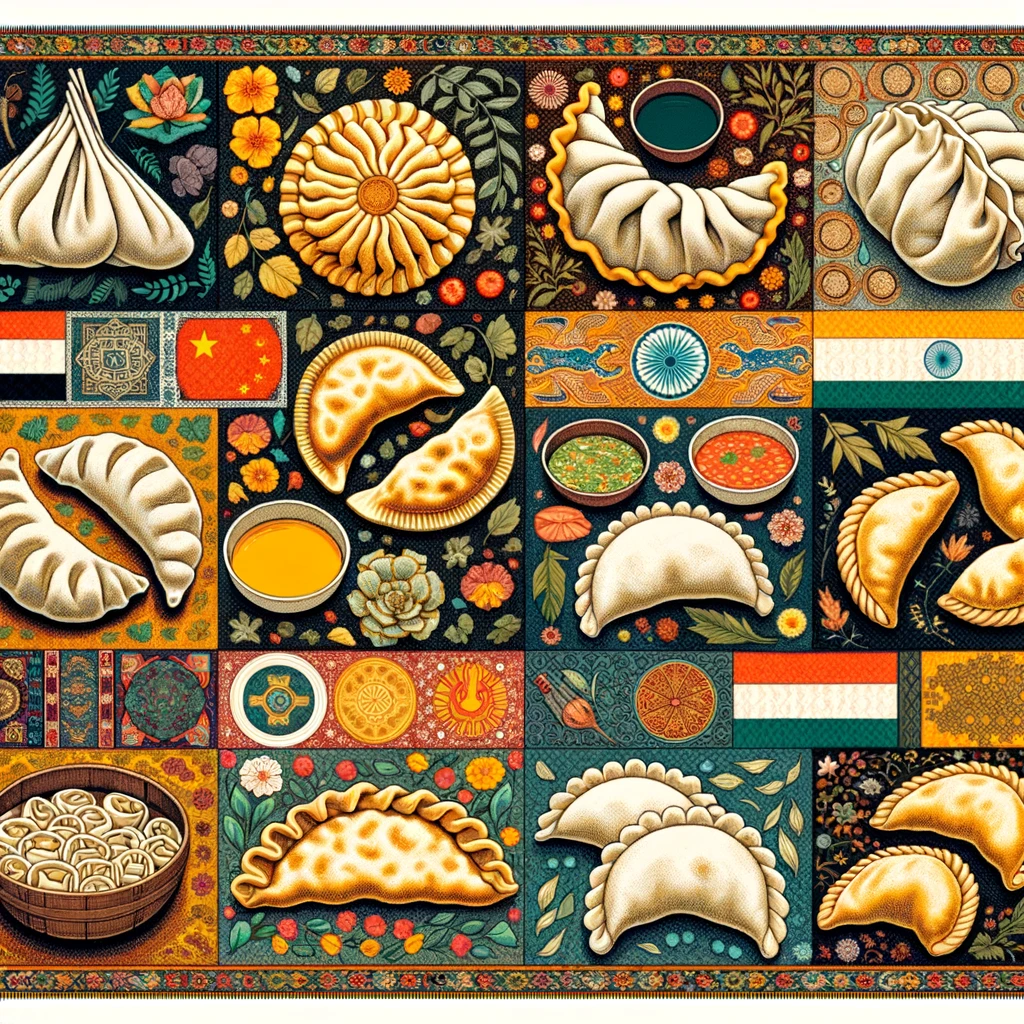
Dumplings Today
Today, the humble dumpling stands as a symbol of unity in diversity. From dim sum restaurants in Hong Kong to street stalls in Budapest, they continue to delight food lovers worldwide.
In Conclusion
The history of dumplings is a testament to humanity’s shared love for good food. Despite geographical and cultural divides, it’s heartening to see how a simple dish can bring people together, proving that food truly has no borders.
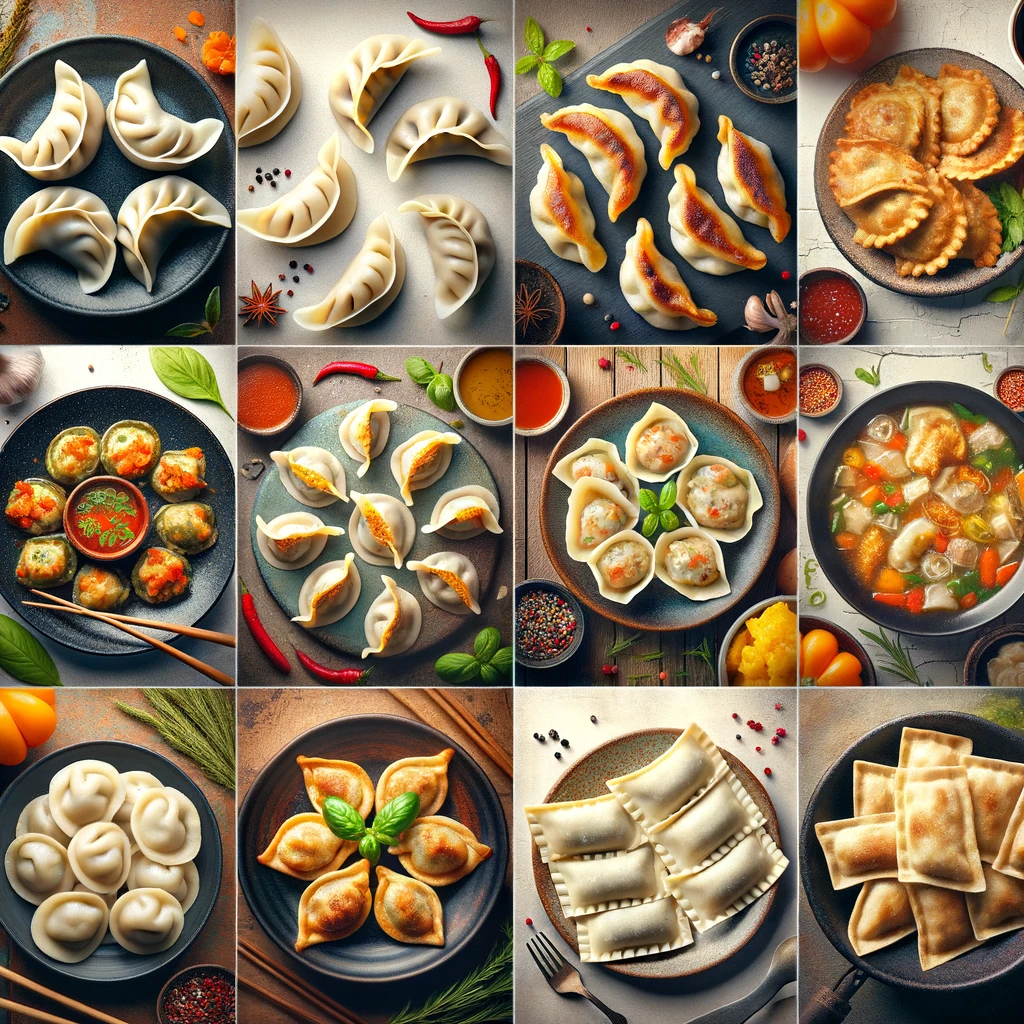
External Links:
